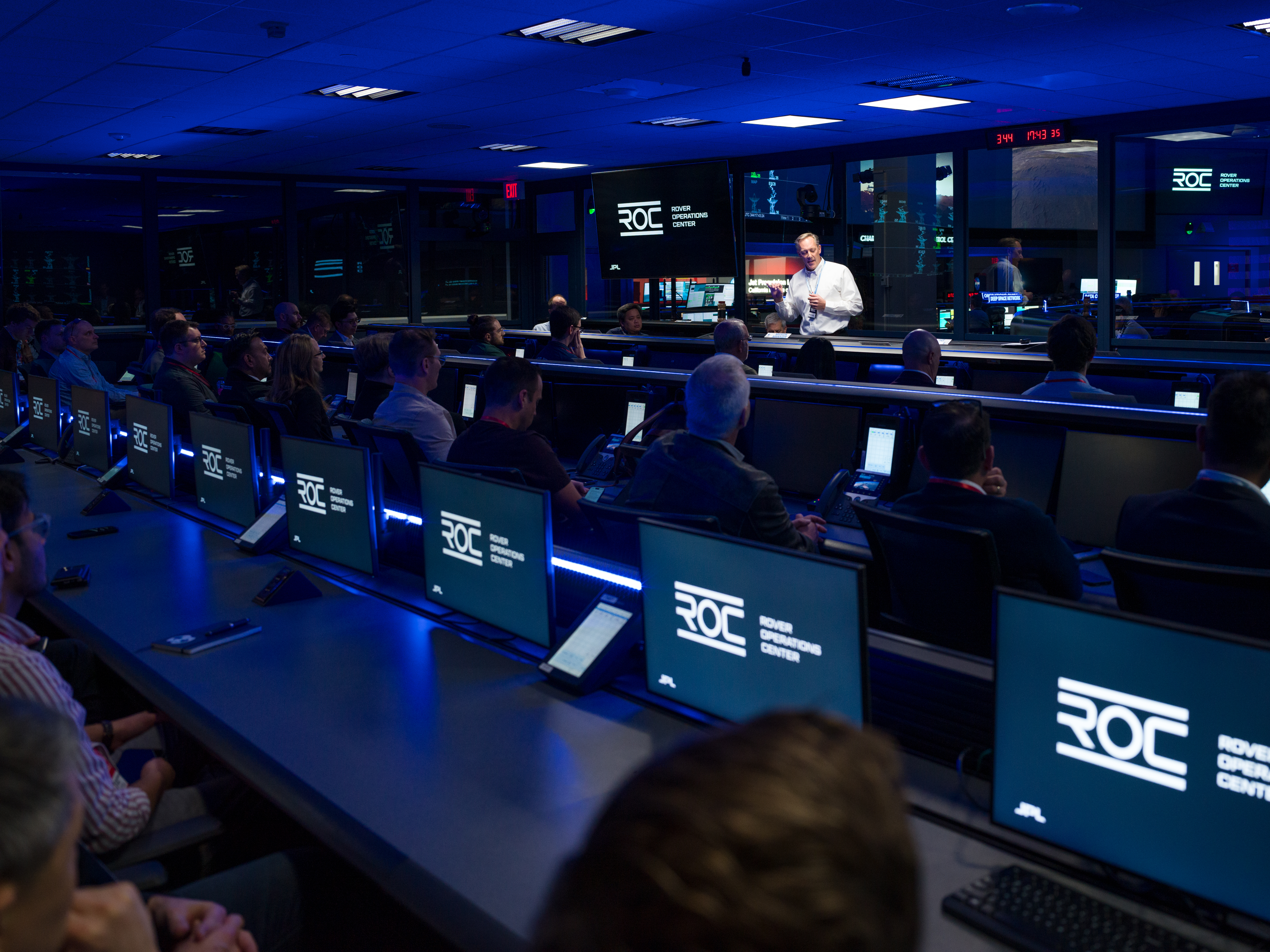Cassini Significant Events 10/10/07 - 10/16/07
October 19, 2007
(Source: Cassini Project)
The most recent spacecraft telemetry was acquired on Tuesday, Oct. 16, from the Goldstone tracking complex. The Cassini spacecraft is in an excellent state of health and all subsystems are operating normally. Information on the present position and speed of the Cassini spacecraft may be found on the "Present Position" page at http://saturn.jpl.nasa.gov/operations/present-position.cfm.
Wednesday, Oct. 10 (DOY 283):
A Cassini image of Iapetus was Astronomy Picture of the Day today. Check it out at http://apod.nasa.gov/apod/ap071010.html
The official port for the Science Operations Plan Update (SOPU) process for S37 occurred today. The products were merged and the reports were delivered to the teams and AACS for the end-to-end pointing analysis. In addition, the SOPU process for S38 kicked off today.
Cassini Pinpoints Hot Sources of Jets on Enceladus.
Details at http://saturn.jpl.nasa.gov/news/press-release-details.cfm?newsID=780
A recent analysis of images provides conclusive evidence that the jets of fine, icy particles spraying from Saturn's moon Enceladus originate from the hottest spots on the moon's "tiger stripe" fractures that straddle the moon's south polar region. The results of this Enceladus investigation are published in the Oct. 11, 2007, issue of the journal Nature.
Thursday, Oct. 11 (DOY 284):
The Spacecraft Operations Office conducted an engineering review of the spacecraft activities to occur during the execution of S40.
Newly assembled RADAR images from the Cassini spacecraft provide the best view of the hydrocarbon lakes and seas on the north pole of Saturn's moon Titan, while a new RADAR image reveals that Titan's south polar region also has lakes. For more information on this release link to http://saturn.jpl.nasa.gov/news/press-release-details.cfm?newsID=782
Monday, Oct. 15 (DOY 288)
The CDS V10 Flight Software (FSW) installation and checkout activities which began on Oct. 7 concluded today. On Wednesday of last week the FSW was loaded to the online CDS-B, and the checkout began. SSR data formatter, memory, and pattern tests continued through Oct. 13. These were the first pattern and memory tests performed on SSR-A since the V9 uplink and checkout in February of 2003. The memory tests erase all the FSW and library regions on SSR-A. On Oct. 14, the FSW and library regions of SSR-B were copied to SSR-A. All activities wrapped up with the Composite Infrared Spectrometer (CIRS) bus interface unit readout on Oct. 15.
Oct. 15th marks the 10th anniversary of the Cassini Launch in 1997. To view the project news release on this event, link to
http://saturn.jpl.nasa.gov/news/press-release-details.cfm?newsID=783
A week-long meeting of the Cassini Project Science Group (PSG) began today. This is the 43rd meeting of this group of scientists and flight team members since the project began. Since many of the major players would be present, a Titan Atmosphere Model Working Group (TAMWG) meeting was held in conjunction with the PSG meeting.
The TAMWG reviewed the results of the Titan 30, 32, and 36 flybys. There was consistency between teams in the atmospheric density results obtained by AACS, the Ion and Neutral Mass Spectrometer, and Navigation. There are biases between each data set, but the biases are consistent between the different measurement types. Of interest was the data from T36 since that was the first southern hemisphere pass, at a latitude of -60 deg, since T7 in 2005. The results showed the lowest atmospheric density profile versus altitude observed to date, but close to what was seen at T19. The next Titan flyby is T37 on Nov. 19. This flyby will sample a different latitude - about -22° - also in the southern hemisphere, and the teams will be able to observe if the low density continues at this location.
Tuesday, Oct. 16 (DOY 289)
After confirmation from SCO that the FSW checkout was officially complete, Uplink Operations sent files to the spacecraft for the Hyperion mini-sequence. The mini-sequence will begin execution about midday on Thursday, Oct. 18.
































